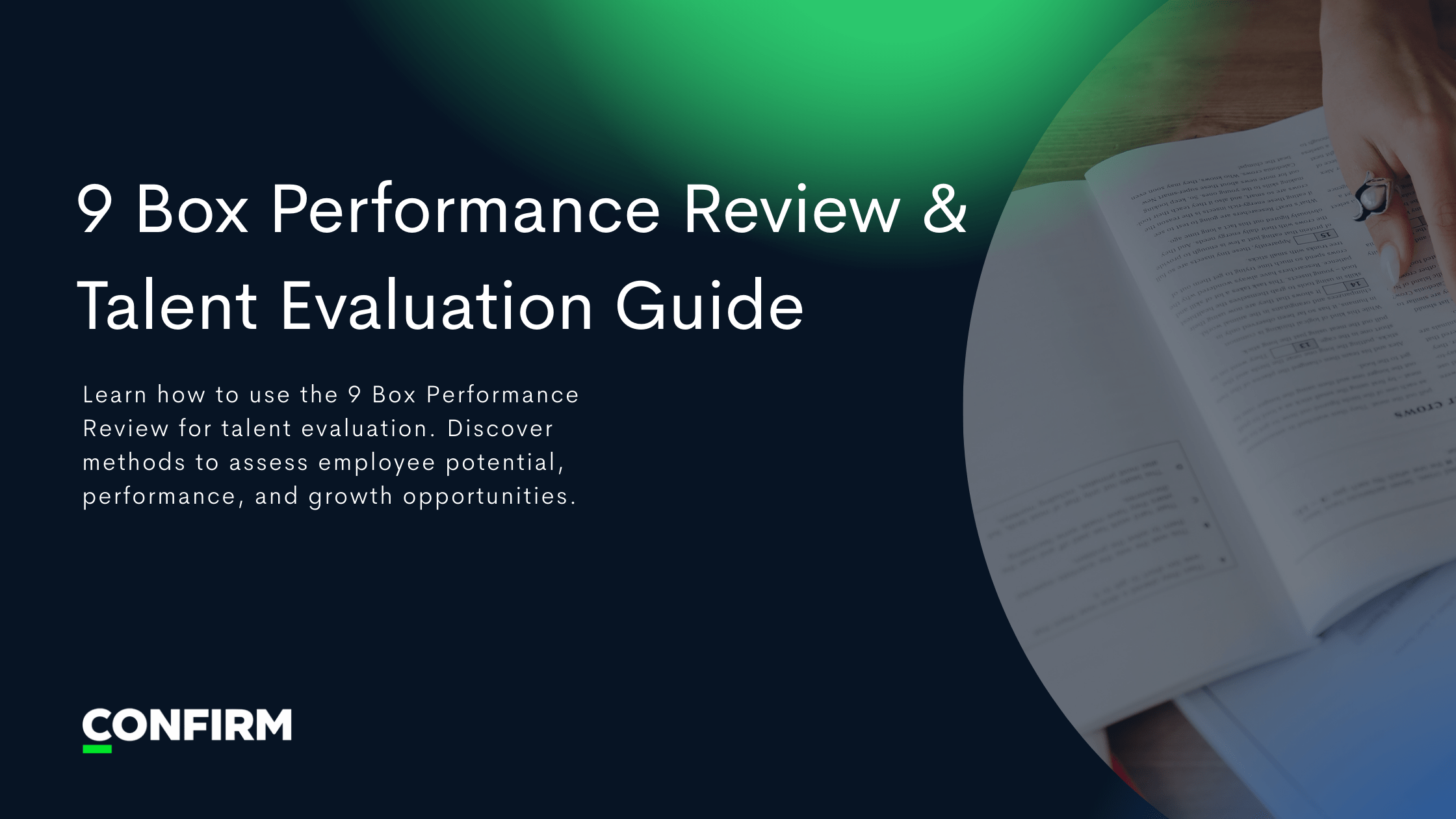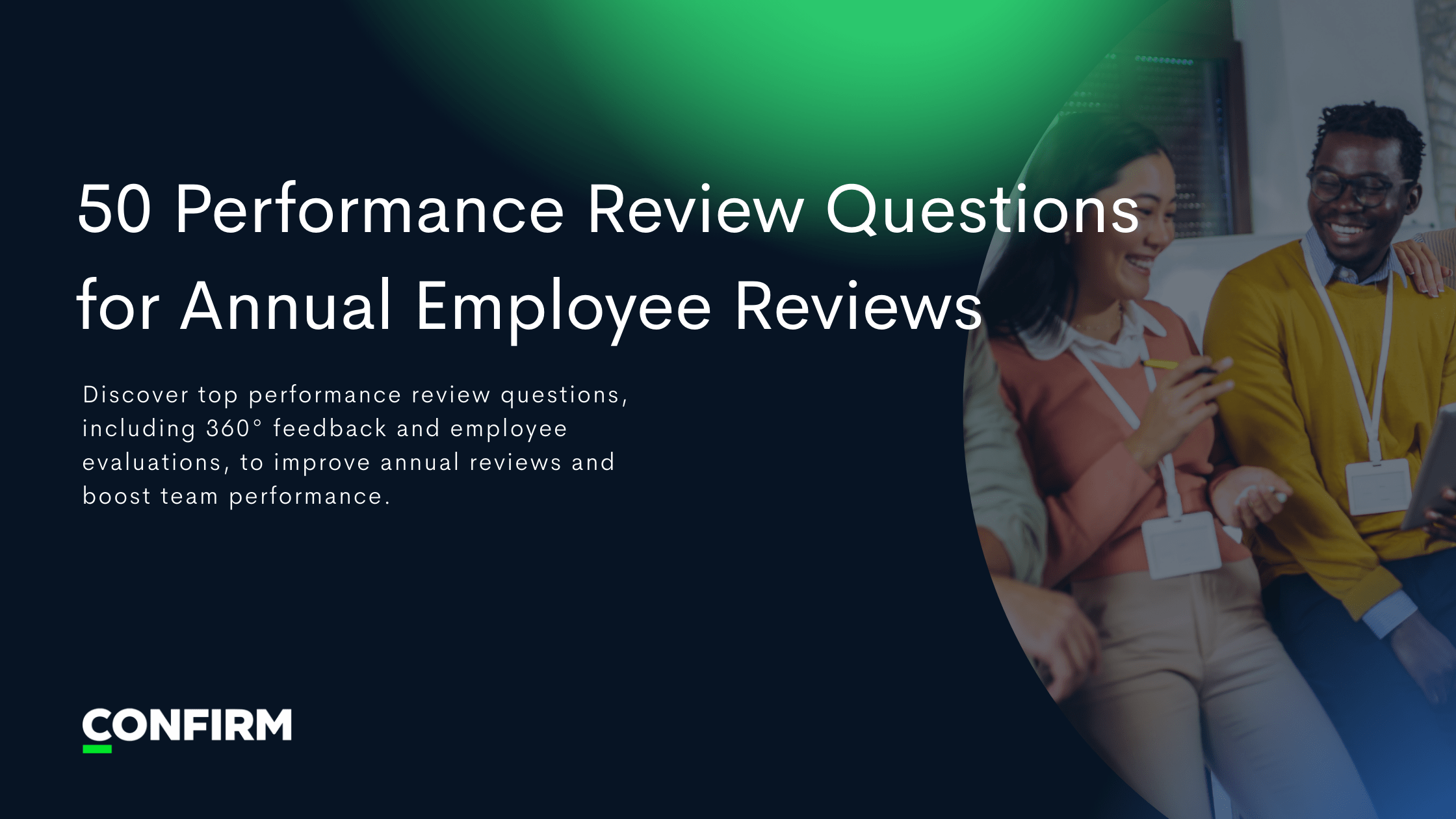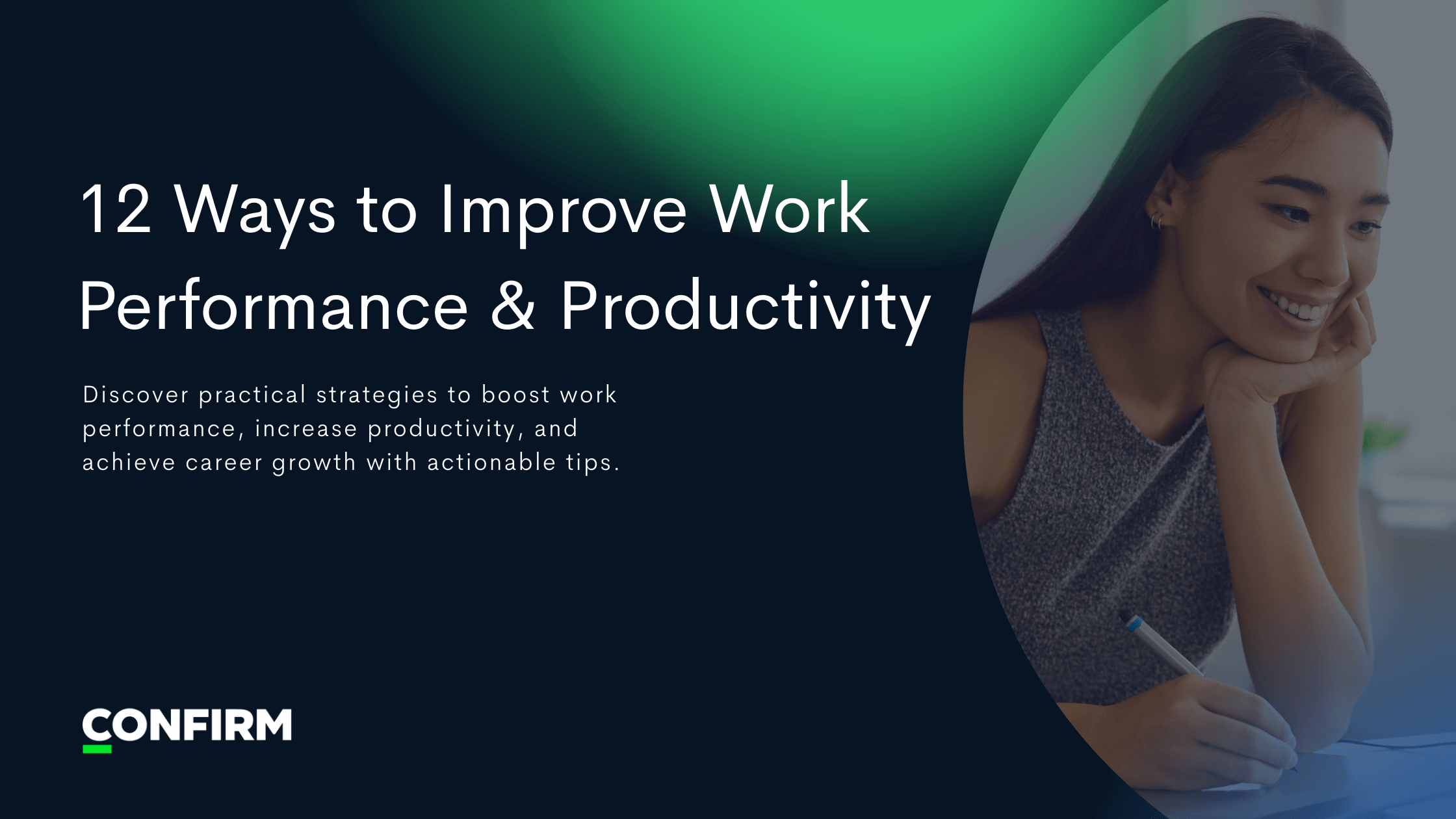
Blog post
10 Things I Wish I Knew When Designing Performance Reviews For My Company
As companies evolve their talent management strategies, performance reviews remain a critical yet often misunderstood tool.

As companies evolve their talent management strategies, performance reviews remain a critical yet often misunderstood tool. Here are ten eye-opening insights that will transform how you think about performance evaluations.
1. The 60-20-20 Rule of Manager Ratings
Here's a shocking truth: about 60% of an employee's rating comes from their manager's personal rating style—not actual performance. Add 20% statistical error, and only 20% reflects real performance. Want better accuracy? Use half-point rating scales and avoid the common trap of 1-10 systems, which research shows can introduce gender bias.
2. The Myth of Continuous Feedback
While "continuous feedback" sounds progressive, it's often incomplete or skews overwhelmingly positive in practice. Digital feedback systems create a false sense of security—they're no replacement for structured performance assessments that ensure fair compensation and development.
3. The Hidden Power Law of Impact
Forget the bell curve—performance follows a power law. In organizations over 100 people, just 15% of employees generate 50% of positive impact, while 5% cause 50% of problems. This insight should revolutionize how you allocate leadership attention and resources.
4. The 90% Blind Spot in Peer Reviews
Think peer-selected 360-degree reviews give you the full picture? Think again. Around 90% of critical feedback never surfaces in traditional peer reviews, even when managers or algorithms help select reviewers. There's a better way to gather honest feedback.
5. The 7-Second Reality Check
Here's a wake-up call: for every 15 minutes employees spend documenting accomplishments, managers spend just 7 seconds reviewing them. This insight should fundamentally change how you design your review process and documentation requirements.
6. The Quiet Contributor Phenomenon
Contrary to popular belief, the right assessment tools don't favor extroverts. Modern organizational network analysis (ONA) regularly uncovers "quiet contributors"—high-impact employees who create enormous value without self-promotion. Are you missing these hidden gems?
7. The Calibration Meeting Trap
Starting calibration meetings by acknowledging biases doesn't prevent them from influencing decisions. Instead, begin with asynchronous calibration using clear rules before any group discussion. Think "Moneyball" versus traditional scouting—data before discussion.
8. The Survey Fatigue Solution
Companies often treat engagement surveys and performance reviews as separate exercises, burning out employees with constant feedback requests. Learn how combining these efforts strategically can increase participation while delivering better insights.
9. The Scale-Up Secret
Small companies often make the mistake of keeping performance reviews too informal. Even with just Google Docs, you need a structured process. As you grow, your methods should evolve—but the core principles remain the same.
10. The Development-Assessment Balance
Most companies fall into one of two traps: focusing solely on assessment or exclusively on development. The secret? You need both, but they serve different purposes and require different approaches. Understanding this distinction transforms your entire review process.
Final Thoughts
Effective performance reviews aren't just about checking boxes—they're about building a system that drives both individual growth and organizational success. By avoiding these common pitfalls and implementing these insights, you can create a performance review process that actually works.
Whether you're redesigning your current system or building one from scratch, these principles will help you create a more effective, fair, and valuable process for everyone involved. The key is not just to evaluate performance, but to build a system that drives genuine development and ensures fair assessment.
Ready to see Confirm in Action?
See why forward-thinking enterprises use Confirm to make fairer, faster talent decisions and build high-performing teams.










